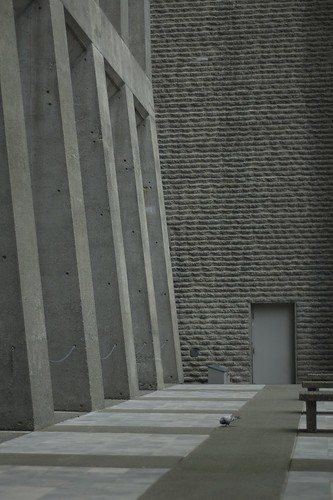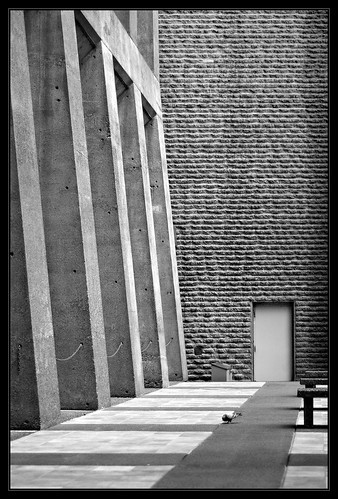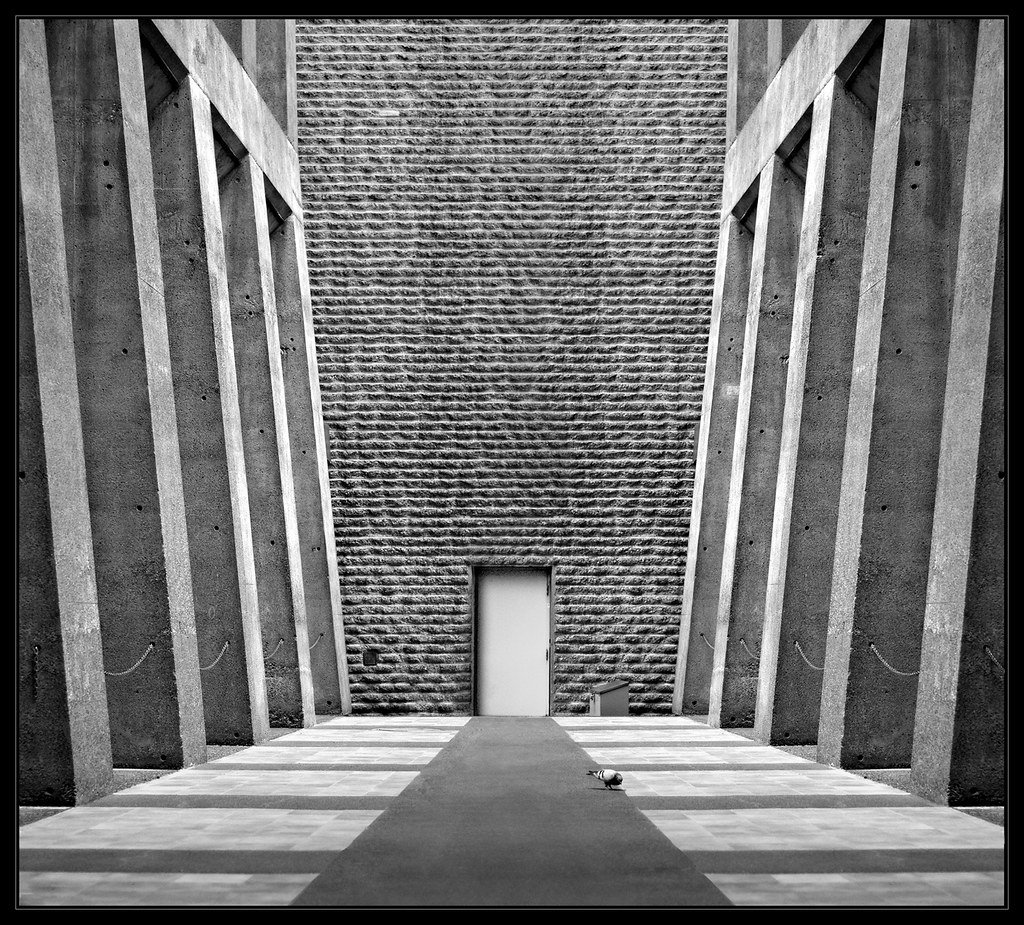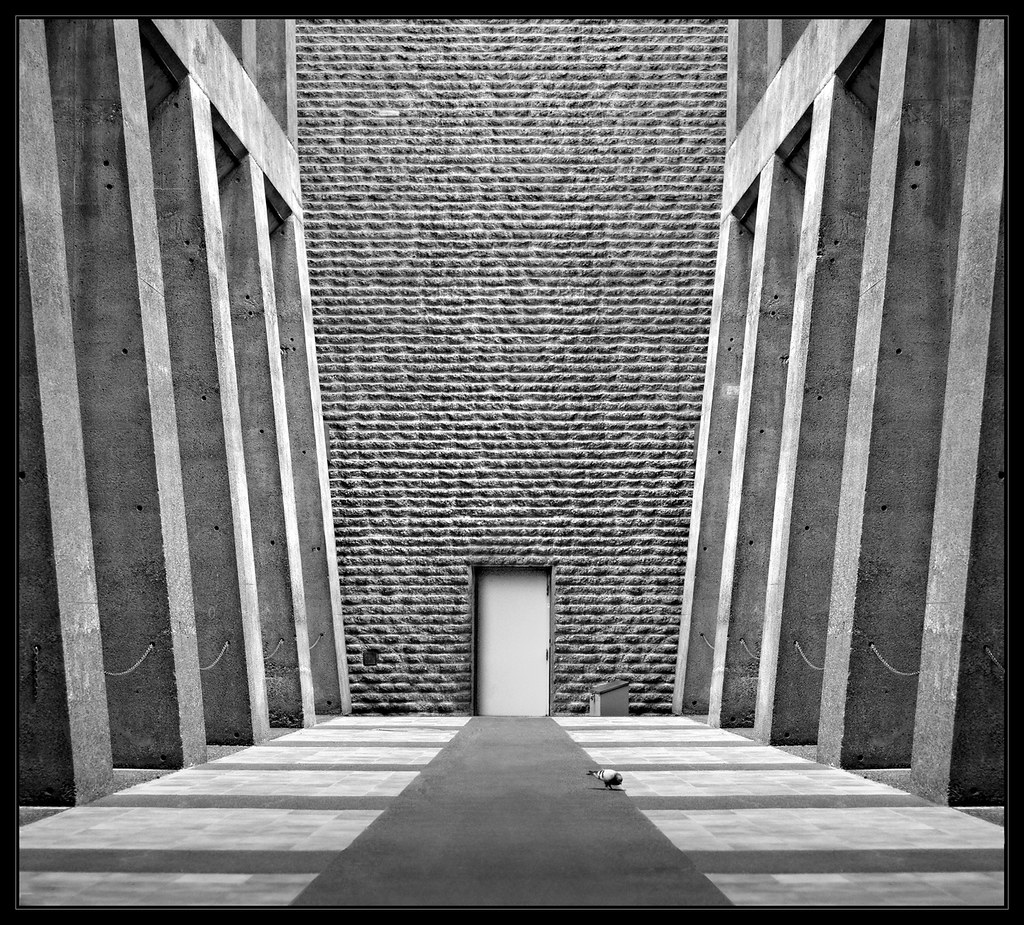Remi M.
TPF Noob!
- Joined
- Jun 25, 2006
- Messages
- 279
- Reaction score
- 0
- Location
- Vancouver, Canada
- Can others edit my Photos
- Photos OK to edit
This is a shot I took in downtown vancouver:

I did my "usual" b&w conversion and post processing:

I was never really happy with it. I particularly hate the benches and the dark stripe on the right. This shot was taken literally seconds before it started raining. I planned to go back and re shoot from a different angle. In the mean time I wanted to see how much I could do in photoshop. So I mirrored the columns on the left. I did my best to not make that obvious by cloning out or moving details.

Is there anything that jumps out? I would like to tweak it before I post it in the forum gallery.

I did my "usual" b&w conversion and post processing:

I was never really happy with it. I particularly hate the benches and the dark stripe on the right. This shot was taken literally seconds before it started raining. I planned to go back and re shoot from a different angle. In the mean time I wanted to see how much I could do in photoshop. So I mirrored the columns on the left. I did my best to not make that obvious by cloning out or moving details.

Is there anything that jumps out? I would like to tweak it before I post it in the forum gallery.



![[No title]](/data/xfmg/thumbnail/32/32175-dfc7c053c145a53c7f2585ca44f122d4.jpg?1734161047)








![[No title]](/data/xfmg/thumbnail/39/39292-4169a355b794ae9735845c4ad45d06ff.jpg?1734173260)
